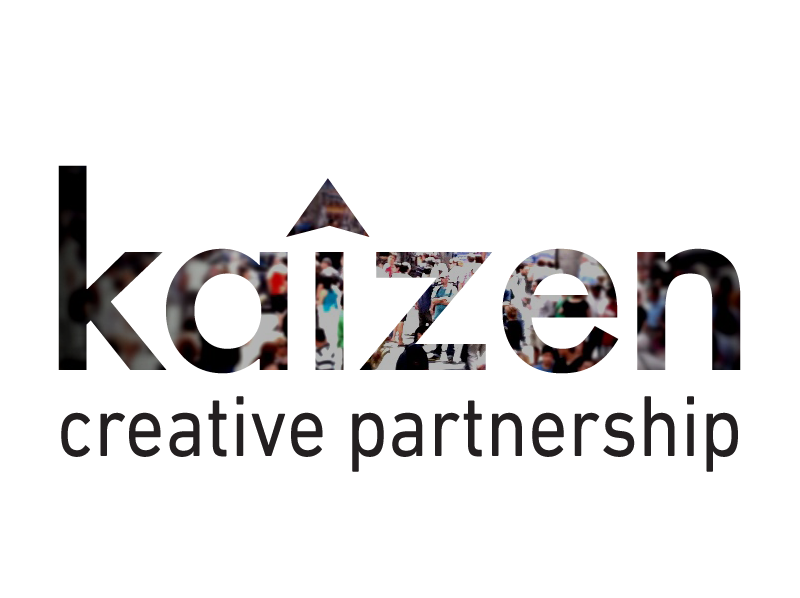It has never been easier to build a website. Between Squarespace, Wix, and others, one can get a website up and running in hours. Which is both a blessing - and a curse.
The reason it’s a blessing should be fairly obvious. It can be done quickly, with relatively little cost. Gone are the time-consuming days of needing to hire a designer and then find a website developer to create the site. These WYSIWYG services operate using a small library of templates. All one has to do is choose a template and you’re good-to-go.
For SMBs, those efficiencies are a godsend. But for a lot of startups and companies seeking to build bigger brands, they still have designers and developers to create a website specifically for their needs. But then this happens…
Trend-jumping
Whether it’s at the behest of the owner or creative director, people tend to look outward to find inspiration when it comes to the look and feel of their brand. The problem with doing so is that a lot of other companies are also looking outward. They’ll also see a trend they like and think “let’s do that!”
Unfortunately, this means that when you pull back, brands start to look nearly identical to each other. And that’s a problem. As you can see in this excellent tweet by Jenny Johannesson, when trend-jumping occurs, everyone starts to look like everyone else.
And it doesn’t just affect website design. As Liso Ceza pointed out it also affects logo design.
How to avoid racing toward the generic
The solve comes from a deep understanding of your brand position and your target audiences. At Netflix, our research-based brand promise was “movie enjoyment made easy.” And with the following brand attributes:
Smart – Not smart aleck. We talk to people, not down to people
Human– We’re one-on-one. We’re personal, not corporate.
Enthusiastic – But not “salesy”.
Challenger – Not maverick, but we are a little irreverent.
Trustworthy – We are substantial, reliable, and stable
Some brand assets were set in place as a deliberate choice. For example, we wanted to “own” the color red in the entertainment space much in the way The Coca-Cola Company does in beverages and Target does in retail. But it tied back to the grandeur of the movie theater with its classic crushed red velvet seats and curtains. Likewise, the logo was designed to harken back to marquees and the old movie industry logos like that of Cinemascope.
At this point, it’s reasonable to ask what did that have to do with “movie enjoyment made easy” or any of the listed attributes? The thing is, the notion of movie enjoyment was the next level benefit we were trying to evoke in peoples’ minds. Although some may be nostalgic for the process, back then, renting a movie was really actually painful proposition. So to get away from that, the visuals of the logo tied back to the heyday of movie-going.
But the brand promise and attributes did influence how we approached building marketing material as well. The relatively new typeface Gotham was chosen to be our brand typeface as it was bold (challenger), could be made to be emphatic by combining font weights (enthusiastic), straightforward design (smart) and but still had a friendliness to the curves of the letters (human).
Likewise, when we wrote copy, we used those attributes to guide how we spoke and even how we formatted text to a lesser extent.
Know thy customer, know thyself
Taking the time to do the research up-front helps brands avoid copycat trend-jumping. The steps to achieving that are:
1/ Research who you should be targeting, whether it’s one person or many
2/ Research what next-level benefit you are delivering so you can create an effective brand promise that works across all target audiences
3/ Establish brand attributes that support the brand promise
4/ Use the brand promise and brand attributes to guide creation of everything from websites, to typeface selection, to marketing messaging.
By making strategic decisions about design and visual branding with that foundation, companies are setting themselves up for long-term success. And ensuring that they are creating a brand that is decidedly not generic.
Big thanks to Marc Röger and my business partners Gary McMath for the editorial assist.





